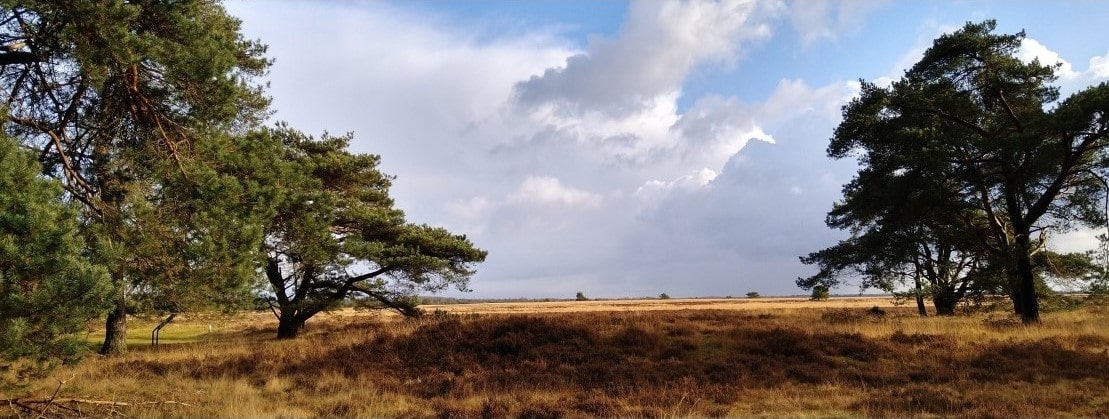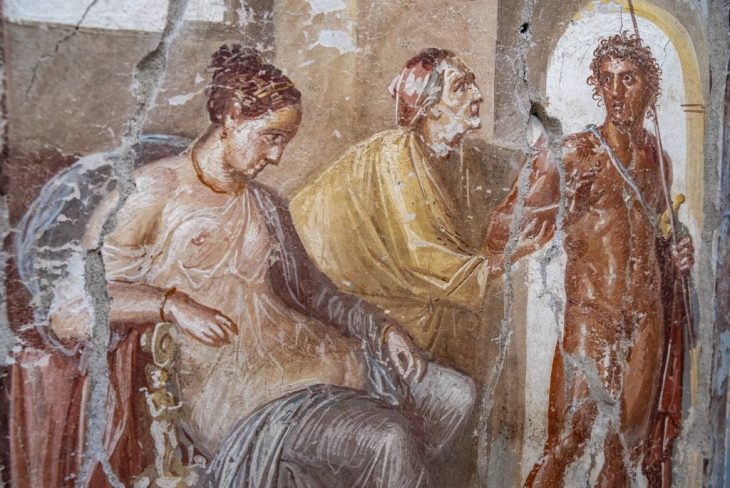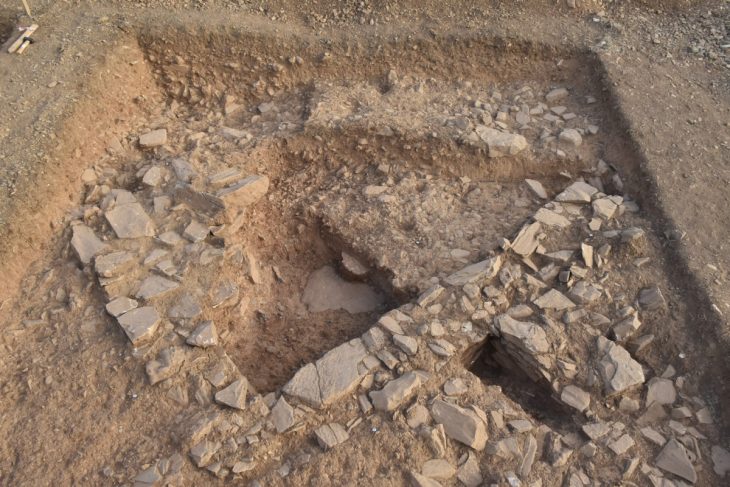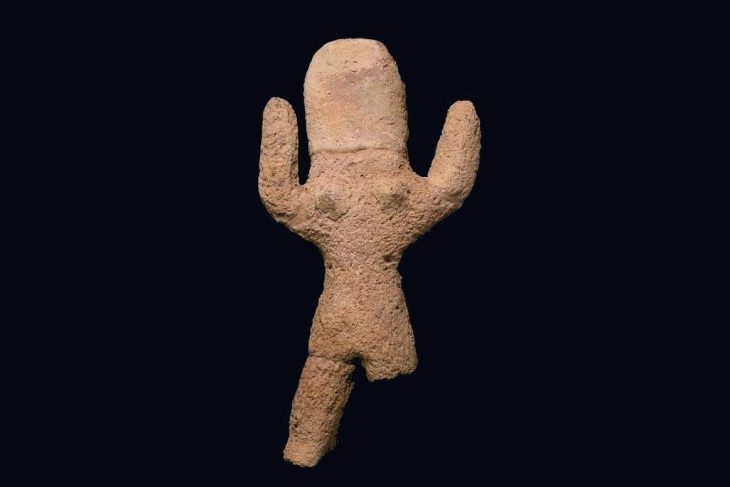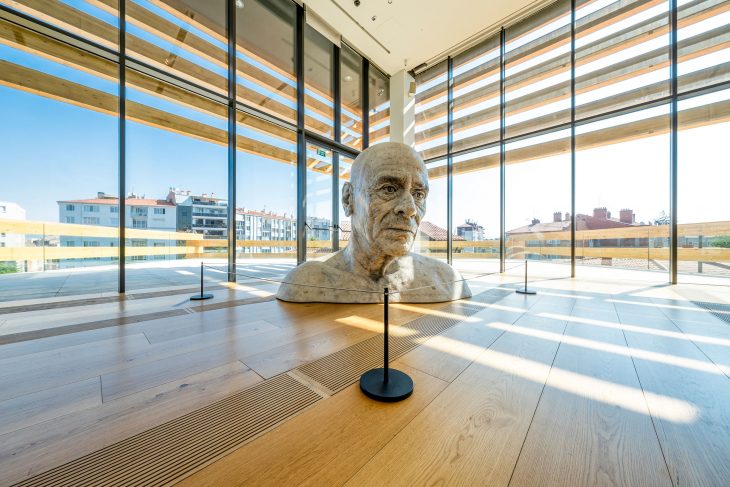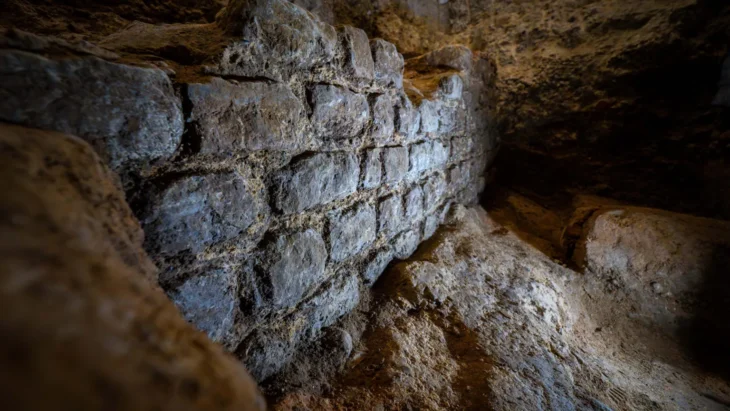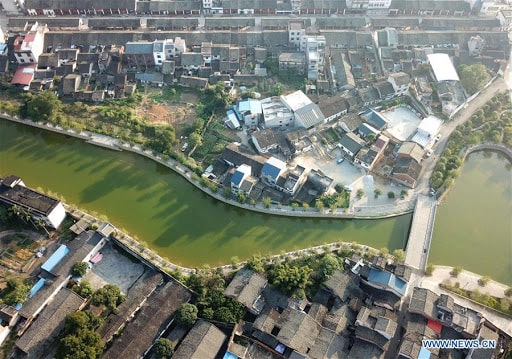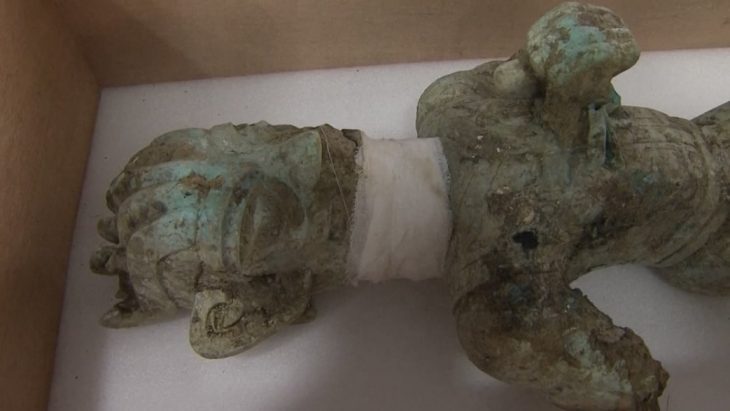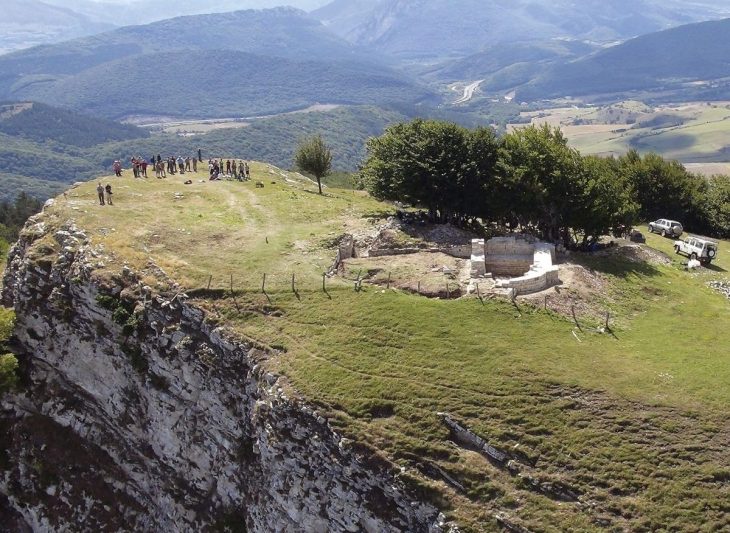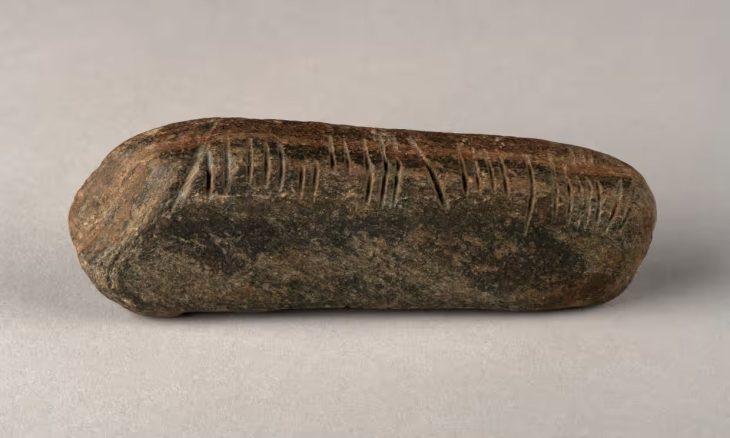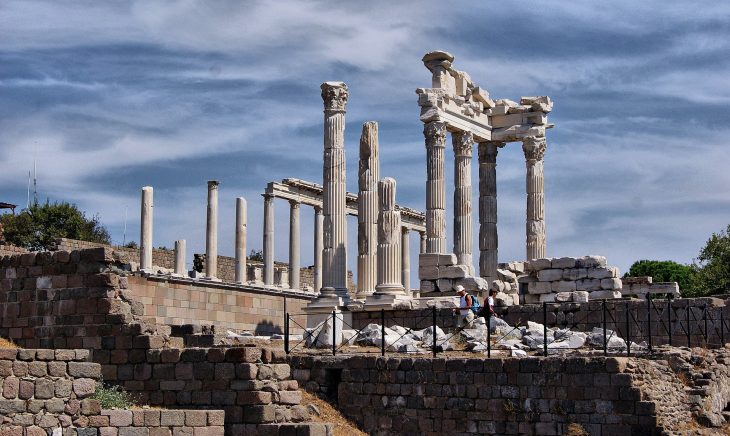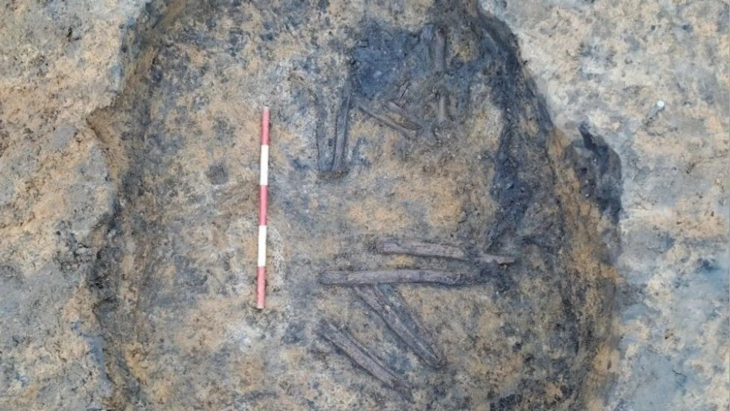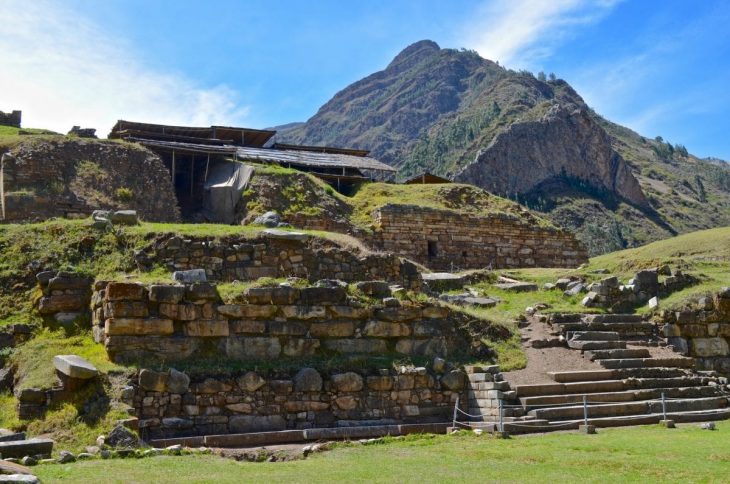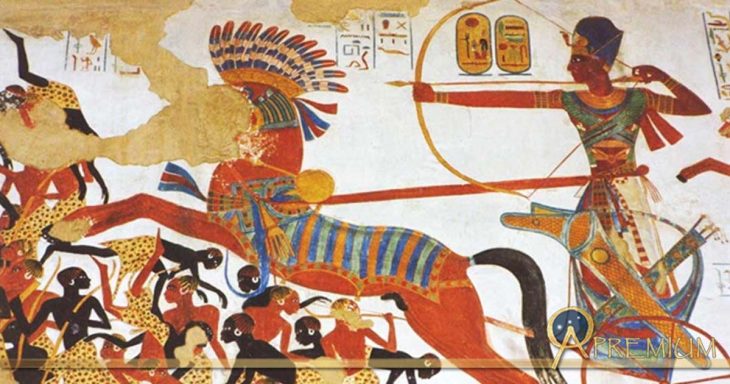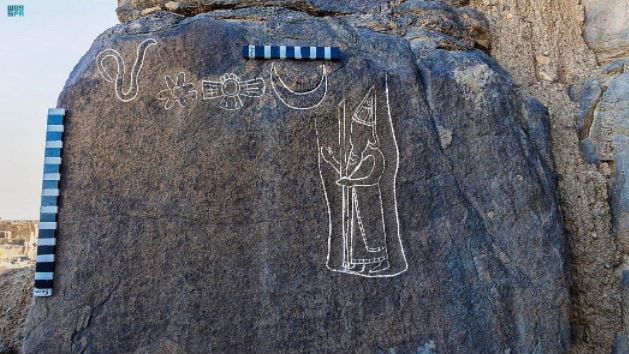A Dutch archaeological project in which thousands of amateur sleuths combed specialized maps and high resolution photographs resulted in the discovery of 1200 additional potential bronze age burial mounds in the Utrecht and Veluwe region.
In addition, the citizen science project run by the University of Leiden and regional cultural heritage organizations has helped to identify nearly 38 square kilometers of prehistoric agricultural fields and 900 potential charcoal production sites.
Heritage Quest, a fruitful collaboration between Leiden University and Gelderland Heritage is the first large-scale citizen-science project in Dutch archaeology. People could search for archaeological remains in the Veluwe and Utrechtse Heuvelrug areas from their homes.
In total, over 6,500 people worked on the project and identified thousands of potential archaeological objects, such as burial mounds (c. 2,800-500 BC), Celtic fields (prehistoric field complexes dating from 1,100 to 200 BC), charcoal kilns (places where wood was burned to make charcoal) and cart tracks.
“This research wouldn’t have been possible without the tremendous efforts of the volunteers. And without their help the help of the citizen scientists, it may have taken us archaeologists ten years to arrive at the same results,” says Eva Kaptijn, an archaeologist from Gelderland Heritage.
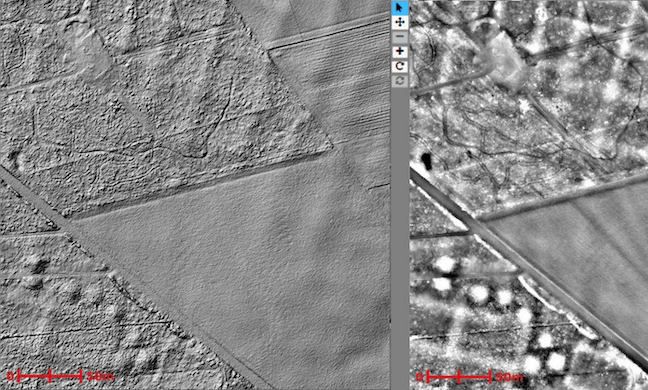
The team project started in April 2020 and the findings are shedding new light on the history of the Netherlands in drier parts of the country, said Kaptijn. ‘The Veluwe and Utrechtse Heuvelrug are now nature reserves where you walk through the heather fields and woods, but in the in the Iron Age, 1,000 BC, it was one enormous agricultural area. So you look at the landscape in a completely different way.’
Once the online detective work had been completed, volunteers, archaeologists and archaeology students from Leiden University went out into the field to verify a sample of the remains that had been found. Fieldwork was then carried out at 300 of the potential grave sites, and 80 were found to be the real thing.
‘We can now calculate that if seven different volunteers have identified the same spot as a possible burial mound then it is very likely to be so,’ she said. ‘If we look at the rest of the area, then we can say there are potentially 949 new burials mounds and that would be double the figure we are currently aware of.’
“Having so many volunteers participate has produced an unprecedented amount of new data and radically changed our view of prehistory. The Veluwe and Utrechtse Heuvelrug prove to have been much more intensively inhabited than we thought,” says Quentin Bourgeois, an assistant professor at Leiden University.
The remains discovered have not only produced new academic knowledge but also made it easier to protect this unique heritage. Municipalities and park managers can use the data in their policy and management plans. In addition, involving the general public in this research has increased people’s awareness of the presence and value of their archaeological heritage.

